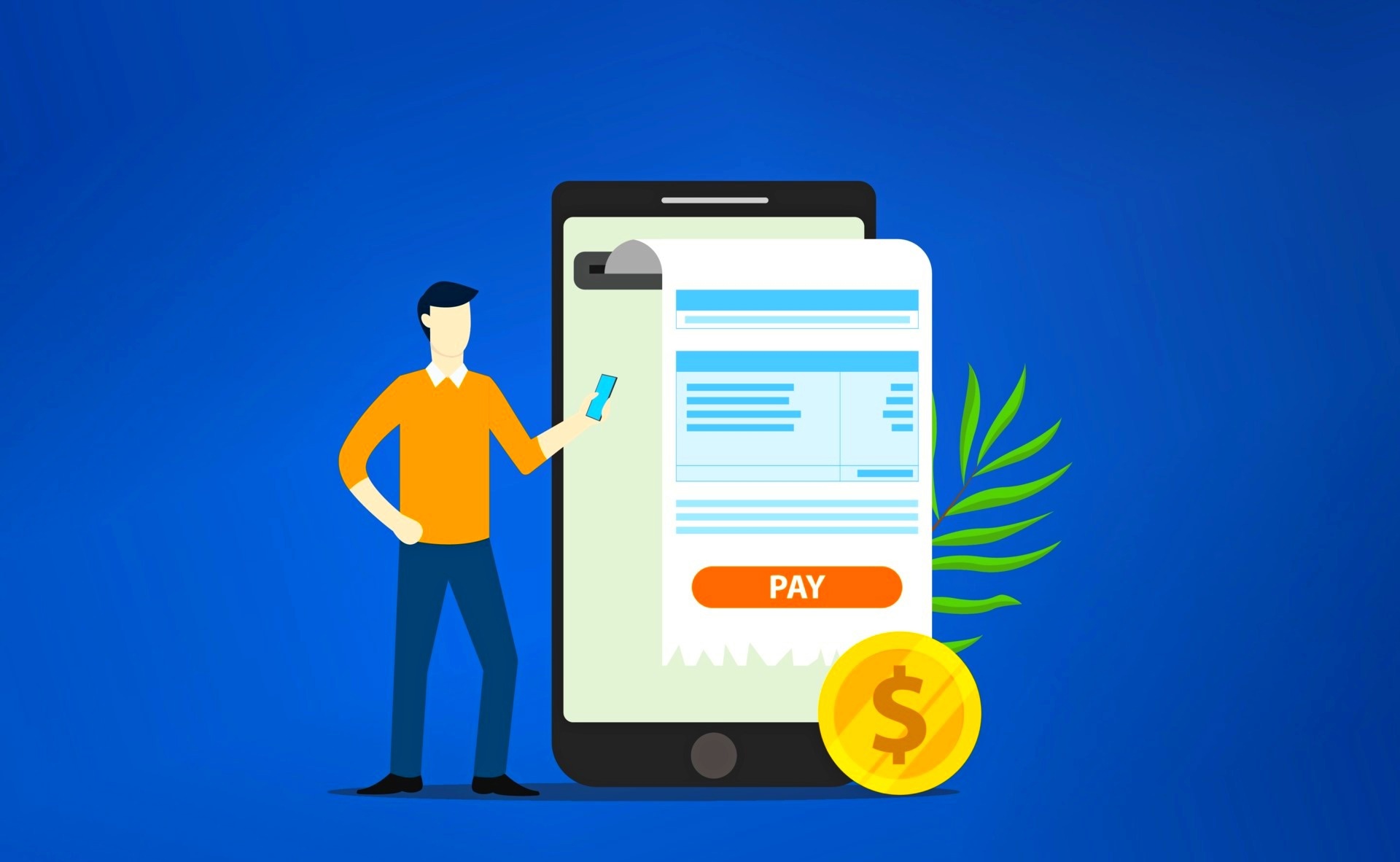Skip to content

Introduction
- Definition of a Billing Cycle
- Importance of Billing Cycles in Business
- Overview of Different Billing Cycle Types
1. Understanding Billing Cycles
- What is a Billing Cycle?
- The interval of time between two consecutive billing periods
- Relevance to subscription-based businesses, utility companies, and more
- Types of Billing Cycles
- Monthly Billing Cycles
- Quarterly Billing Cycles
- Annual Billing Cycles
- Custom Billing Cycles
2. Components of a Billing Cycle
- Billing Start Date and End Date
- How these dates are defined
- The role they play in the accuracy of the cycle
- Invoice Generation
- Process of creating and sending invoices
- Digital and paper invoices: Differences and preferences
- Payment Due Date
- How due dates are determined
- Grace periods and late fees
- Payment Collection
- Methods of payment: Credit Cards, Bank Transfers, Digital Wallets
- Payment processing and its timeline
3. Factors Influencing Billing Cycles
- Business Type and Billing Model
- SaaS and subscription-based models
- Utility services (water, electricity, gas)
- E-commerce and one-time payments
- Customer Preferences
- Flexibility in billing dates
- Custom billing plans for clients
- Regional and Industry-Specific Practices
- Billing cycles in different industries: healthcare, finance, telecommunications
- Local regulations and practices affecting billing frequency
4. Importance of Billing Cycles for Businesses
- Cash Flow Management
- How billing cycles impact a business’s liquidity
- Forecasting revenue and expenses
- Customer Relationship and Satisfaction
- Aligning billing cycles with customer needs and expectations
- The impact of flexible billing cycles on customer retention
- Operational Efficiency
- Automating billing cycles through software solutions
- Reducing human error and manual processing
5. Best Practices for Managing Billing Cycles
- Regular Review and Adjustment of Billing Cycles
- Evaluating customer preferences and business needs periodically
- The benefits of offering varied billing cycle options
- Automated Billing Systems
- The role of automation in reducing administrative burdens
- Tools and software for efficient cycle management
- Clear Communication with Customers
- Transparency in terms of payment schedules
- Avoiding disputes through upfront communication of cycle terms
- Late Fees and Grace Periods
- Setting up late fees that are fair and clear
- How grace periods can be implemented effectively
6. Challenges in Billing Cycles
- Late Payments and Collection Issues
- Handling overdue payments
- Methods for following up on late payments and retaining customers
- Complexity in Billing Systems
- Managing multiple billing cycles in a large organization
- Integrating new technologies with existing billing infrastructures
- Handling Disputes
- Common billing disputes and how to resolve them
- Implementing customer support to address billing-related queries
7. Legal and Compliance Considerations
- Consumer Protection Laws
- How billing cycles must comply with local and international laws
- Specific regulations regarding late fees and billing transparency
- Data Protection and Security
- The importance of secure payment systems
- Adhering to PCI-DSS compliance standards for credit card processing
- Taxation and Billing Cycles
- How different jurisdictions affect the inclusion of taxes in billing cycles
- Sales tax, VAT, and GST implications on billing
8. Technology and the Future of Billing Cycles
- The Role of Artificial Intelligence and Machine Learning
- AI for predicting customer behavior and payment patterns
- Machine learning models for improving billing accuracy and timing
- Blockchain and Decentralized Billing
- Exploring blockchain technology’s potential in billing cycle management
- Benefits of smart contracts in automating and securing billing processes
- Cloud-Based Billing Solutions
- Advantages of cloud billing platforms for scalability and flexibility
- How cloud services make managing multiple billing cycles easier
9. Billing Cycles Across Different Industries
- Subscription-Based Businesses
- SaaS companies, streaming services, and subscription boxes
- Different models like monthly, quarterly, or annual billing
- Utility Services
- How utilities (electricity, water, internet) use billing cycles
- The importance of accuracy and timely payment
- Telecommunications
- Common billing cycles in the telecom industry
- Adjustments based on usage and add-on services
- Healthcare
- Billing cycles for medical services and insurance companies
- Challenges related to health insurance and co-pays
10. Optimizing Billing Cycles
- Offering Flexible Billing Options
- The importance of catering to customers’ preferences for billing dates and frequency
- Monitoring and Adjusting Payment Methods
- Making sure the available payment methods align with customer habits and needs
- Predictive Analytics in Billing Cycles
- Using historical data to predict the best billing cycle for each customer segment
11. Case Studies
- SaaS Company: Monthly vs. Annual Billing
- A case study on how different billing cycles affect revenue and customer retention
- Telecom Provider: Overcoming Late Payments
- A look at how a telecom company improved its cash flow with adjusted billing cycles and customer engagement strategies
Conclusion
- Summary of Key Insights
- The Future of Billing Cycles in a Changing Economy
- The Need for Flexibility and Innovation in Billing Practices

